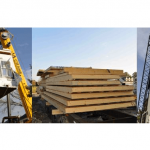Building to the Labels


Labels are just another way to say a standard. There is information overload for homebuyers in today’s marketplace, smart homes, construction standards, appliances, color selections, building materials, etc. When you build a home, there is a lot coming at you and many decisions to be made. How do you make sense of it? Most people care about how their home will look, how comfortable it will be to live in, is the home safe, and how much it will cost to live in. And then there is its location.
There are many labels out there that try to bring sense to those that care about specific areas. For the most part, they focus on several key areas: Site Design, Resource Efficiency, Water Efficiency, Energy Efficiency, Indoor Air Quality, and Resilience – Operation – Maintenance. Many standards have emerged over the years to deal with some of these specifically or all of them in their entirety. Here is a primer on building to a label or standard so that you know what you are getting in your new home.
What is Green Washing?
Greenwashing is basically taking marketing of green benefits and effectiveness of product or service and doing more than slightly embellishing its benefits or value. It is a deceptive practice that seems to have flourished in the current “green” market because of the lack of regulations and standards (or maybe in some cases, too many standards that it becomes easily confusing).
Because most standards are voluntary, certification to those standards can be subjective and tricky. Several bodies have emerged to train, test, and certify raters or evaluators for specific standards. These individuals become the third party reviewers for at the project site to ensure that the standard or label requirements are being met. If the standard or label has a multi-level system (i.e. bronze, gold, platinum) the individual is reviewing the actual project for against the criteria for the standard and the level make the proper assessment. This is the way to minimize green washing in the actual performance of the final delivered project.
Labels that Matter
Here a summary of several of the standards that exist today. Keep in mind that these are building codes that your home has to meet. These are typically voluntary standards that you have to request your home to meet. While building to each standard can have varying levels of costs, offsite modular construction can give you an advantage. Many of the requirements for items such as a tight thermal envelope, low or no VOC products, and strong/resilient construction are a standard that comes with having a home built indoors to factory precision. Here are summaries of each with links so you can learn more about each program and the benefits of owning a house built to that label can provide.
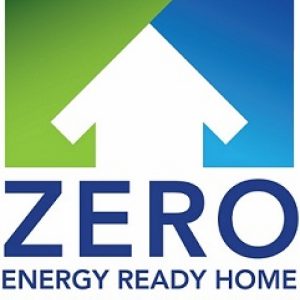 | The DOE Zero Energy Ready Home represents a whole new level of home performance, with rigorous requirements that ensure outstanding levels of energy savings, comfort, health, and durability. They are regular grid-tied homes that are so air-tight, well insulated, and energy-efficient that they produce as much renewable energy as they consume over the course of a year, leaving the occupants with a net-zero energy bill and a carbon-free home. |
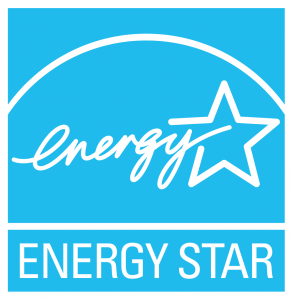 | ENERGY STAR products are independently certified to save energy without sacrificing features or functionality. Saving energy helps prevent climate change. Look for the ENERGY STAR label to save money on your energy bills and help protect our environment. |
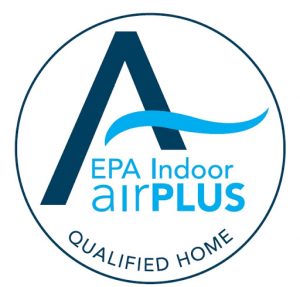 | Indoor airPLUS is a companion label to ENERGY STAR. Together, these programs provide comprehensive health protections. Homes built to earn the Indoor airPLUS label include features to reduce contaminants that can lead to poor indoor air quality, including mold, moisture, radon, carbon monoxide, toxic chemicals, and more. |
 | The WaterSense label makes it simple to find water-efficient products, new homes, and programs that meet EPA’s criteria for efficiency and performance. WaterSense-labeled products and services are certified to use at least 20 percent less water, save energy, and perform as well as or better than regular models. |
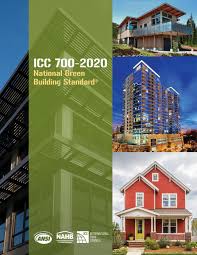 | The National Green Building Standard® (NGBS) is the first residential green building standard to undergo the full consensus process and receive approval from the American National Standards Institute (ANSI). First developed in 2008, the standard has been widely implemented over the past decade. It provides architects, builders, and developers with a flexible above-code program to design and construct homes and apartments that are sustainable, cost-effective and geographically appropriate. |
 | LEED (Leadership in Energy and Environmental Design) is an internationally recognized green building certification system developed by the U.S. Green Building Council aimed at improving performance across all the metrics that matter most: energy savings, water efficiency, CO2 emissions reduction, improved indoor environmental quality, and stewardship of resources and sensitivity to their impacts. |
Sometimes Being Labeled Can Be a Good Thing
High-performance, green buildings are the foundation of providing people and their families a safe place to live that is healthy and sustainable. Many of the labels go well beyond construction and efficiency; they get to the materials and liveability of the home. Shouldn’t the places we spend 90% of our time support our health and wellbeing? Improved health and sustainability are playing a big role in home buyer’s decisions today. It’s not just about energy efficiency and cost savings.
RELATED: THE GIFT THAT KEEPS ON GIVING: A TIGHT THERMAL ENVELOPE
Energy efficiency shows up on power bills or the lack of power bills. Liveability and comfort are harder to implement and measure. That’s where the label(or standard) comes in. It’s time to get labeled!
Modular Means More
Modular construction is a building system. By using a consistent system to build your home, details that are often overlooked in traditional construction are managed and done properly in a factory environment. Building a home to a high-performance standard is almost a by-product of building indoors. By building to a label, you can take your home beyond just energy efficiency.
Modular construction means factories methodically build your home to a defined standard. This standard means you are getting a home that was built to not only be more energy efficient but was built with the detail and to the specific requirement to meet the standard of the label(s) your choose. You get the modular advantage!
The post Building to the Labels appeared first on Impresa Modular.




